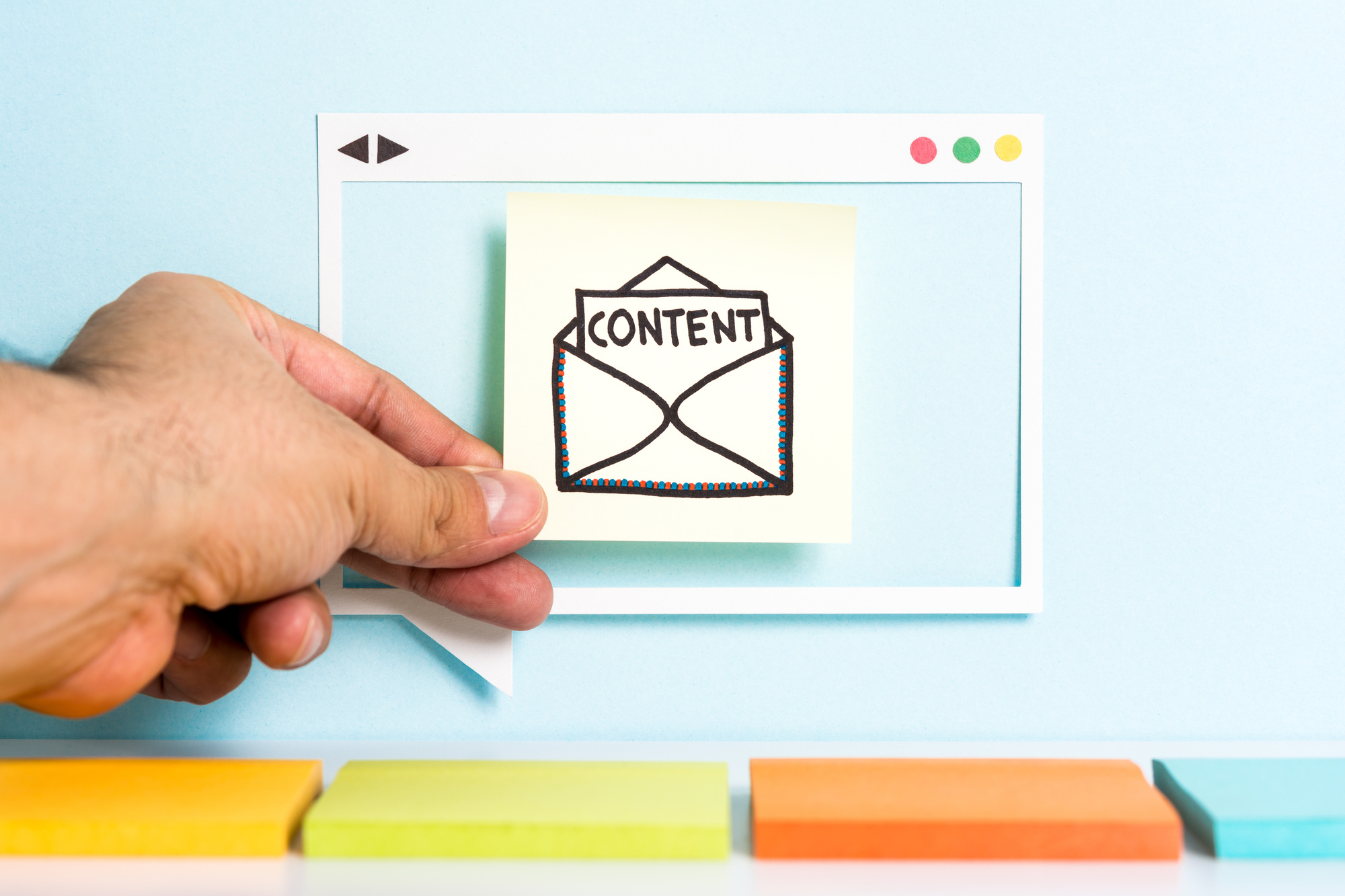
Sorry for the pandemic. But it has proved to be an opportunity for you to step up your marketing game!
With social media at the forefront of business advertising, it’s easy to forget that at the tail is email. It provides personal and direct communication to superfans. Best of all, it reaches people regardless of where they are. Now, the question remains, what is the best email best practices for small businesses?
This article will cover everything to help you learn how to boost your reach and profit via email. Let’s get into it!
1. Make a Plan To Stay Well-organized
Develop a consistent filing system. Organize emails into folders based on the project, client, and contact. Using accurate and descriptive labels will help in managing your inbox.
Set up a regular schedule to review, prioritize, and delete emails. Utilize folder-based rules and filters to streamline the process further.
Finally, consider signatures, setting email preferences, and confidential information.
2. Think Twice Before Sending Mass Email Blasts
Mass emails may be tempting to get a message out quickly to many people. But, they often contain generic language not tailored to the recipient. It can result in emails being considered spam.
For a small business, it’s best to craft individually tailored emails. Use personalized information to grab the reader’s attention. Provide a specific call to action for the reader to respond to.
Offer incentives or promotions to incentivize a response in the email. Also, always encourage customers to provide feedback. Show appreciation to those who do respond.
3. Leverage Automation for Efficiency
Automation can help with scheduling emails and lead nurturing. It can also help cut down on manual labor and save time.
Automation can also be an effective way to segment emails and personalize content. It can create triggers and more automated emails.
By using automation, create more effective email campaigns. Tailor them specifically to customers to promote new products and services.
4. Implement Email Marketing Analytics Tracking
To be successful, it is important to implement email marketing analytics tracking. This allows small businesses to measure the effectiveness of their emails. They can make adjustments to their strategies accordingly.
It also helps identify areas where emails might not perform as well as expected. This allows businesses to take corrective actions.
Finally, email analytics tracking makes it easy to track individual email campaigns. You can identify the strategies that lead to the most conversions.
5. Always Follow Good Email Etiquette
Always address the recipient by name and greet them warmly. Double-check the spelling and grammar of the message. Keep the subject line brief yet descriptive. Be as concise as possible and avoid jargon or flowery language.
When replying to an email, cc or bcc any necessary contacts. Do not send any message before it is ready. Also, use professional language that is appropriate for the audience.
Lastly, be sure to include contact information. This will help the recipient know where to contact you if needed. Always practice patience and courtesy when sending emails.
Manage Your Inbox With These Email Best Practices
For small businesses, an email is a valuable tool for reaching customers. Remember, keep emails concise. Stay mindful of personalization. And track engagement to maximize email reach.
Take the time to use these email best practices. Implement a successful email marketing strategy.
Have questions? Check out our page today for more tips and info!




